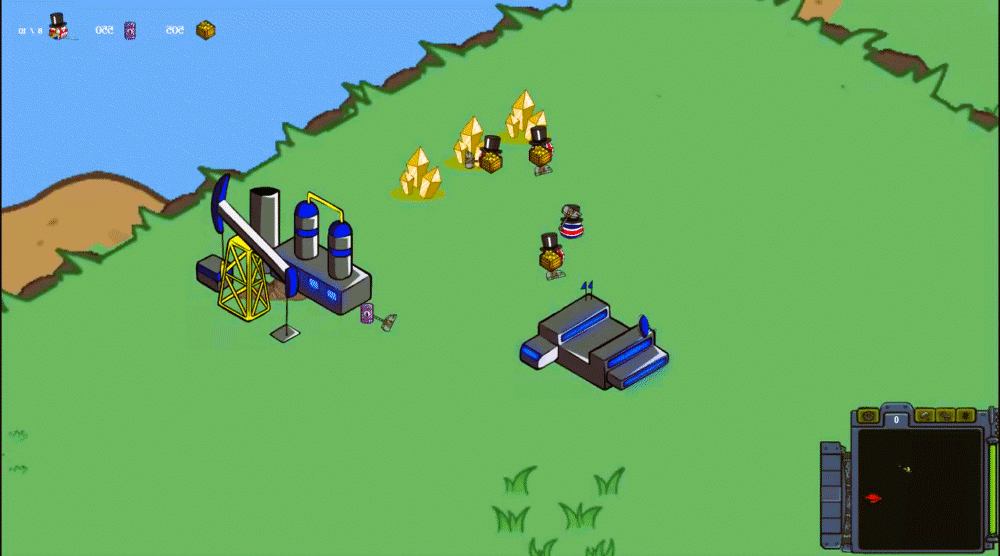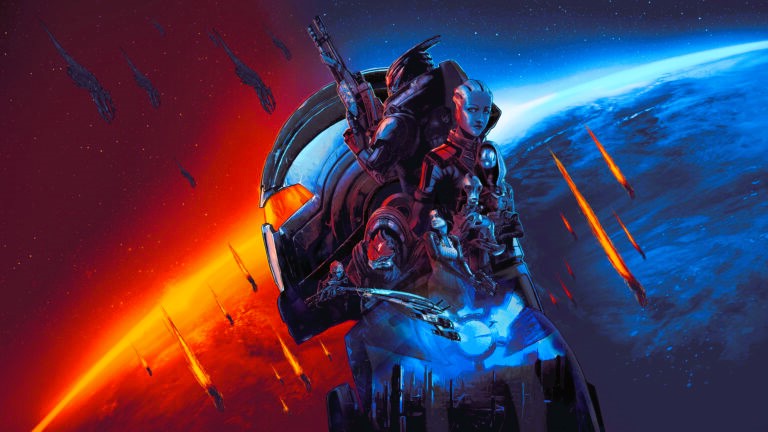From StarCraft to Stellaris: The Influence of Real-Time Strategy Games on Space Gaming
Real-time strategy (RTS) games have long been a staple of the gaming industry, captivating players with their blend of strategic thinking, resource management, and fast-paced gameplay. While many RTS games are set in historical or fantastical settings, there is a subset of the genre that explores the vast reaches of space. From the iconic StarCraft series to the sprawling universe of Stellaris, these space-based RTS games have had a significant impact on the wider space gaming genre.
The Birth of Space RTS Games
The roots of space-based RTS games can be traced back to classics like Homeworld and StarCraft. Released in 1999, Homeworld was praised for its innovative use of three-dimensional space and its engaging storyline, which followed the journey of the Kushan people as they sought to reclaim their homeworld. Similarly, StarCraft, released in 1998, introduced players to the iconic factions of the Terrans, Protoss, and Zerg, each with their own unique playstyles and units.
These early space RTS games laid the groundwork for the genre, introducing players to the challenges of managing resources, building fleets, and engaging in tactical combat across the cosmos. They also paved the way for future titles to explore more complex gameplay mechanics and storytelling elements.

Expanding the Universe: Evolution of Space RTS
As technology advanced and player expectations grew, space RTS games evolved to offer even more immersive experiences. Games like Sins of a Solar Empire introduced grand strategy elements, allowing players to manage entire empires across multiple star systems. Similarly, the Total War: Warhammer series combined RTS gameplay with elements of grand strategy and RPG progression, creating a rich and immersive experience set in a fantasy universe.
One of the most significant developments in the space RTS genre came with the release of Stellaris in 2016. Developed by Paradox Interactive, Stellaris offered players unprecedented control over their space-faring civilizations, allowing them to explore, expand, exploit, and exterminate across a vast procedurally generated galaxy. With its deep strategic gameplay, dynamic storytelling, and customizable factions, Stellaris redefined the space RTS genre and set a new standard for what was possible in space gaming. The role of character development in space role-playing games, read more in the article From astronauts to captains.
Influence on the Wider Space Gaming Genre
The influence of space RTS games extends far beyond the confines of the genre itself, shaping the wider space gaming landscape in profound ways. Games like Mass Effect and EVE Online draw inspiration from the strategic depth and epic scale of space RTS games, while titles like No Man’s Sky and Elite Dangerous explore the idea of open-world exploration and player-driven narratives.

Space RTS games have also had a significant impact on popular culture, inspiring novels, comics, and movies set in space-faring civilizations. The iconic factions and characters from games like StarCraft have become cultural touchstones, beloved by fans around the world.
Looking to the Future
As technology continues to advance and player expectations evolve, the future of space RTS games looks brighter than ever. With the rise of virtual reality and augmented reality technology, developers have the opportunity to create even more immersive and engaging experiences set in the cosmos. From epic space battles to intricate political intrigue, the possibilities are endless.
In conclusion, space RTS games have played a pivotal role in shaping the wider space gaming genre, introducing players to the challenges and wonders of exploring the cosmos. From the pioneering days of Homeworld and StarCraft to the vast and dynamic universe of Stellaris, these games have captivated audiences and inspired generations of gamers.
For more information on space gaming, visit IGN.